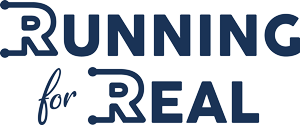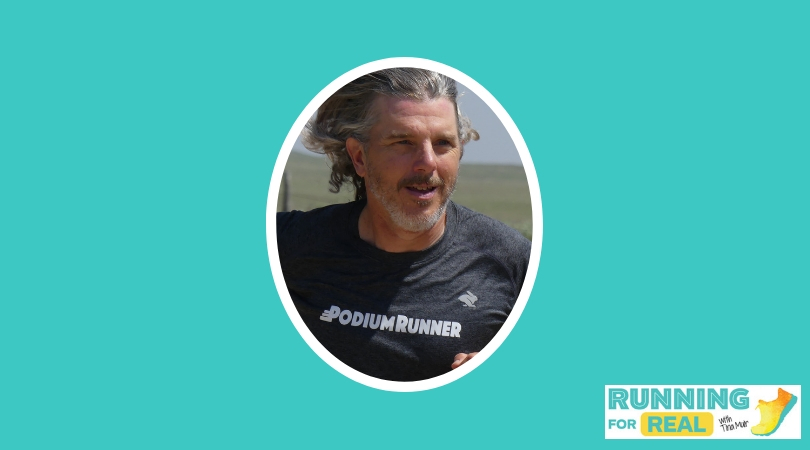Why Training for a 5K is the Best Type of Exercise
Finding a one-size-fits-all exercise or dieting program is a tired subject. Every other news article, internet ad, or Facebook post seems to scream, “This is It! This is the [insert weird food or exercise here] that everyone needs.”
Haven’t we learned?
There is no magic bullet. There is no one-size-fits-all. There are no shortcuts. Everyone has unique body attributes and features that make them different. We all have different goals, different interests, varying pain thresholds and the like. What we should have learned by now is that working smart and working hard, being consistent, and having moderation in all things is the answer to basically any question.
However, training for a 5k can fit into nearly everyone’s personal exercise goals. Whether you are an elite marathon runner, a casual jogger, or a common couch potato, a personalized 5k training plan can push you to the next level.
5K for Beginners
Training for a 5k is a great way to get in shape. Less experienced runners specifically interested in weight loss or body toning should consider the following.
(1) One of the best ways to accomplish a weight-loss goal is to have an additional indirect goal. Signing up for a local 5k is a perfect way to give yourself a deadline. From the time you sign up, a new compelling force will enter your life. Write your race day on your calendar, decide on a reward to give yourself after completing the race, and envision yourself running strong through the finish line.
(2) Running alone may not burn all the fat you desire. One challenge when starting a training program is avoiding the urge to be lazy whenever you aren’t exercising. Exercise researcher Michael Joyner says in order to lose weight you need to “build a whole lot of low-grade physical activity into [your] day.” This includes activities like taking the stairs, parking in the back, and going to the park with your kids.
(3) A support group can be pivotal in accomplishing your fitness goals. The running community is perhaps the largest exercise group in the world. Wherever you live, you should be able to find a neighbor, co-worker, or friend that is willing to go on a run with you. Download an app like Strava or Nike Run Club to compete with your friends and find running groups near you.
Whether you are just returning to running, coming back from an injury, or running for the first time, give yourself time. Injury is the biggest threat to your exercise goals. Ease into it. Being in shape should be a lifelong habit, not a once in a lifetime achievement.
5K for Experienced Runners
Let’s get serious.
If you are an experienced runner or even an elite marathoner, you already understand how to set and accomplish goals. A 5k may not seem like the way to improve your marathon times. After all, you’ve already mastered that length; that’s why you are running longer races now. However, there are a few convincing reasons why training for a 5k is great for even the elite long-distance runners. The key to this type of training is to be able to run a fast 5k. Consider the following when training.
(1) To be the best runner at any distance you want to hit what is termed your “physiological limit.” This basically means being able to max out your physical potential. Training to run a fast 5k will involve “high intensity interval training” (HIIT) which is the necessary type of training to hit your physiological limit.
(2) Simply put, to run a fast 5k you have to run at a pace that is faster than your marathon pace. “[It’s] going to be faster than your marathon pace, but it’s still going to be a pace that you have to sustain for a while,” says Michael Joyner, “If you get fast, it’ll feel a lot more comfortable when you’re running your marathon pace.” Getting used to running fast will help both your physiological and mental game.
(3) When you train to run your best 5k, training should include long interval training sessions. This means running interval distances anywhere from a half mile to a mile. When you do this type of training you optimize your maximum oxygen uptake. This is important in reaching a biological potential that is needed to run both a fast 5k and a fast marathon. (To learn more in-depth about this topic, listen to the podcast or follow Michael Joyner’s links below.)
A Race for Everyone
So, whether you need some motivation to get in shape, or you want to place in the Boston Marathon, consider doing some 5k training. You just might be surprised with the results.
Resources:
How Cycling Can Save the World
Michael’s Sports Illustrated Article
Last Week’s Episode Meg and Jessi
Support Tina through her Patreon Page
Running for Real Superstars Community
I have been working extra hard with my Podcast Series episodes for you. They cover subjects from training for a full marathon to being able to train during your pregnancy or even postpartum. Here are the subjects below to listen.
Coming Back from Injury Podcast Series
Pregnancy and Postpartum Podcast Series
Listen to the Running for Real Podcast here:
[podcast src=”https://html5-player.libsyn.com/embed/episode/id/7645430/height-orig/90/theme/custom/thumbnail/yes/direction/forward/height/90″ height=”90″ width=”100%” placement=”bottom” theme=”custom”]Apple (iTunes) Podcast | Sticher | Castbox | Overcast | Spotify | Google Play | iHeartradio |
Thanks for Listening! I hope you enjoyed today’s episode.
To share your thoughts:
Leave a note in the comment section below.
Join the Running for Real Facebook Group and share your thoughts on the episode (or future guests you would like to hear from)
Share this show and tag me on Twitter, Facebook and Instagram
To help out the show:
Leave an honest review on iTunes. Your ratings and reviews will really help me climb up the iTunes rankings and I promise, I read every single one.
Subscribe on iTunes or your favorite podcast player.
Not sure how to leave a review or subscribe, you can find out here.
Thanks to Michael for joining us on the show today!



